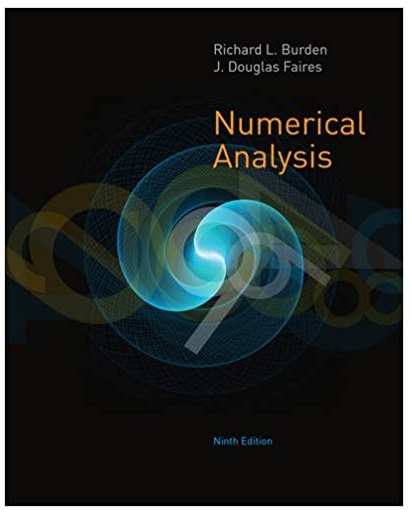Show that, for any object moving at less than one-tenth the speed of light, the relativistic kinetic
Question:
Fantastic news! We've Found the answer you've been seeking!
Step by Step Answer:
Related Book For 

Question Posted:





